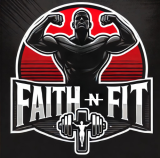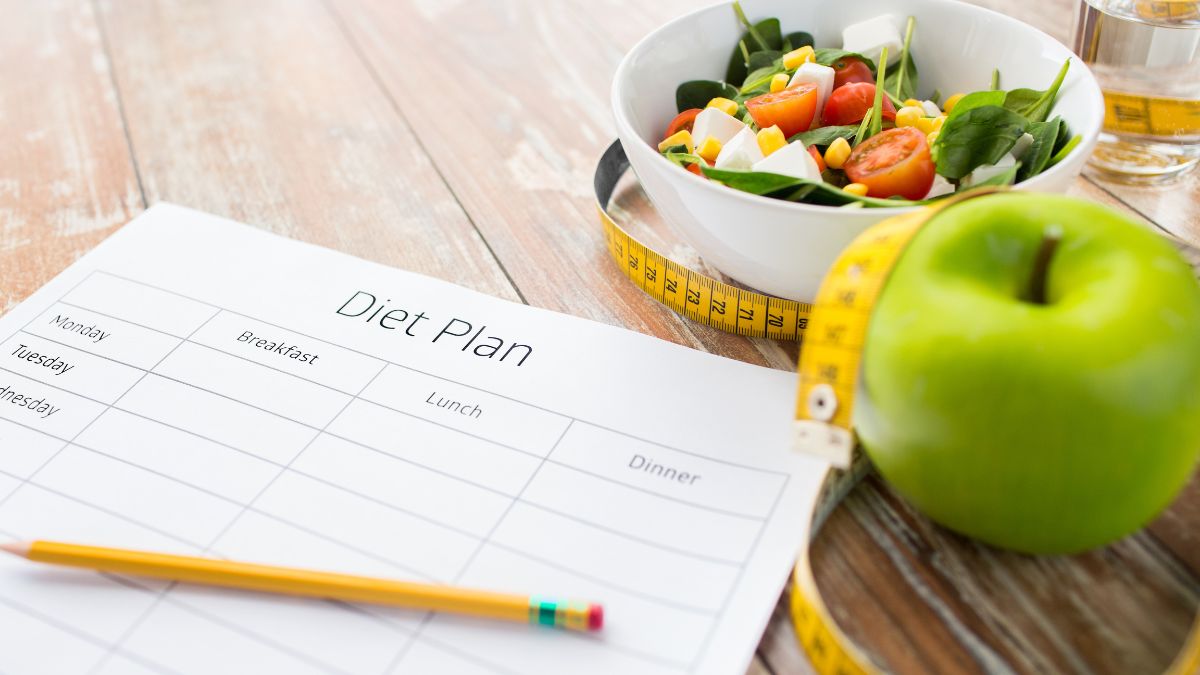A well-designed diet can deliver both quick and lasting results when structured correctly. The key is balancing caloric intake, macronutrients, and sustainability. Many diets fail because they focus only on short-term restrictions rather than long-term habits. This article will show you how to create a diet plan that burns fat, builds muscle, and improves overall health—all while being maintainable for life.
What Makes a Diet Effective for Fast and Long-Term Results?
An effective diet follows these four principles:
- Caloric control – Create a calorie deficit for fat loss or a calorie surplus for muscle gain.
- Nutrient density – Prioritize whole, nutrient-rich foods for health and satiety.
- Sustainability – Choose foods and habits you can maintain long-term.
- Flexibility – Allow room for occasional indulgences to stay consistent.
Step 1: Determine Your Caloric Needs
The foundation of any diet is calories in vs. calories out. Here’s how to calculate your daily calorie needs:
- Find your maintenance calories
- Use a TDEE calculator (Total Daily Energy Expenditure) to estimate your calorie burn.
- Adjust based on your goal
- Fat loss: Eat 10–20% fewer calories than your maintenance level.
- Muscle gain: Eat 10–20% more calories than your maintenance level.
Example:
- If your TDEE is 2,500 calories, eat 2,000–2,250 calories for fat loss or 2,750–3,000 calories for muscle gain.
Step 2: Optimize Your Macronutrients
Each macronutrient plays a role in fat loss, muscle building, and energy levels. Here’s the ideal breakdown:
- Protein (30–40% of calories)
- Supports muscle growth and fat loss.
- Best sources: Chicken, fish, lean beef, eggs, Greek yogurt, tofu, and legumes.
- Target: 0.7–1g per pound of body weight.
- Example: If you weigh 180 lbs, eat 126–180g of protein daily.
- Carbohydrates (30–50% of calories)
- Provide energy and fuel workouts.
- Best sources: Whole grains, fruits, vegetables, legumes, and sweet potatoes.
- Tip: Stick to slow-digesting (low-GI) carbs for steady energy.
- Fats (20–30% of calories)
- Essential for hormones and brain function.
- Best sources: Nuts, seeds, avocados, olive oil, and fatty fish.
Step 3: Choose Foods That Support Your Goals
For the fastest results, your diet should be high in satiety and nutrients. Here’s what to focus on:
Fat Loss-Friendly Foods
- Lean proteins – Chicken, turkey, fish, eggs
- High-fiber carbs – Oats, quinoa, lentils, berries
- Healthy fats – Avocados, almonds, walnuts, olive oil
Muscle-Building Foods
- Protein-dense foods – Beef, salmon, cottage cheese, eggs
- Carb sources for energy – Rice, potatoes, whole wheat bread, bananas
- Healthy fats for recovery – Peanut butter, coconut oil, fatty fish
Step 4: Control Meal Timing and Portions
Meal timing can enhance results but isn’t a magic fix. Focus on:
- Eating protein with every meal – Helps build and repair muscle.
- Pre- and post-workout nutrition – Have carbs before exercise and protein after for recovery.
- Meal frequency – Eat 3–5 balanced meals daily to control hunger.
Step 5: Track Progress and Adjust
A great diet isn’t static—it requires adjustments. Every 2–4 weeks, track:
- Weight and body measurements – Adjust calories if progress stalls.
- Strength and performance – More energy means keep doing what works.
- Hunger and cravings – If extreme, slightly increase calories.
Step 6: Make It Sustainable for the Long-Term
A diet that lasts must be enjoyable and flexible.
- Follow the 80/20 rule – Eat 80% whole foods, 20% flexible choices.
- Allow favorite foods – Enjoy treats in moderation to stay on track.
- Focus on habits, not just diets – Build routines, not temporary plans.
Conclusion
To create a diet plan that delivers fast and long-term results, focus on caloric control, nutrient-rich foods, meal timing, and sustainability. The best diet is one you can stick with for life while supporting fat loss, muscle growth, and overall health.
Read Next…
- Can Natural Supplements Really Support Hormones?
- Physically Active Careers That Make It Easy To Stay Strong
- Can Fitness Improve Love for Couples Over 40?
- Why Is a Protein Breakfast Important Before Church?
- Why Use a Weighted Vest in Your Faith-Fueled Fitness Routine?
Subscribe now and get a 14-day free trial workout app for iPhone users.






